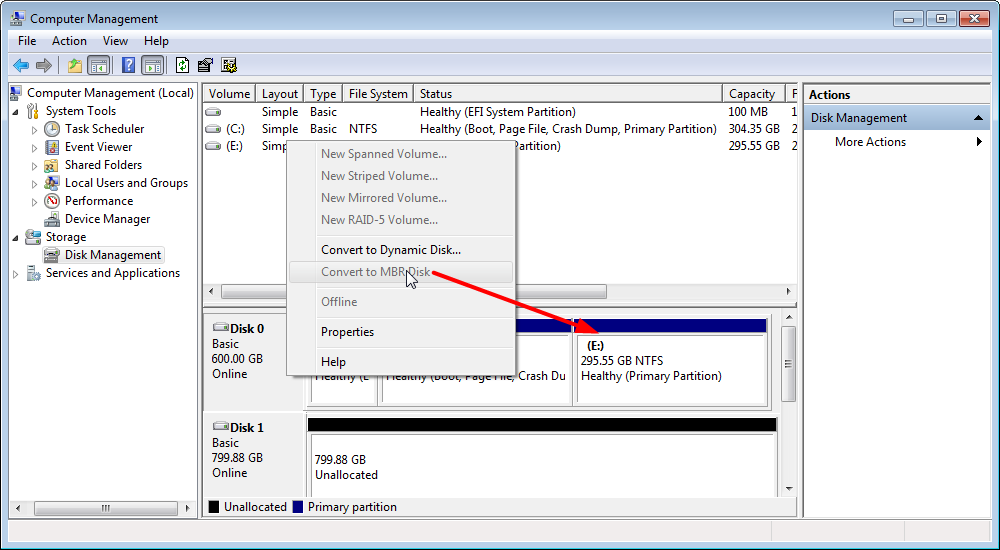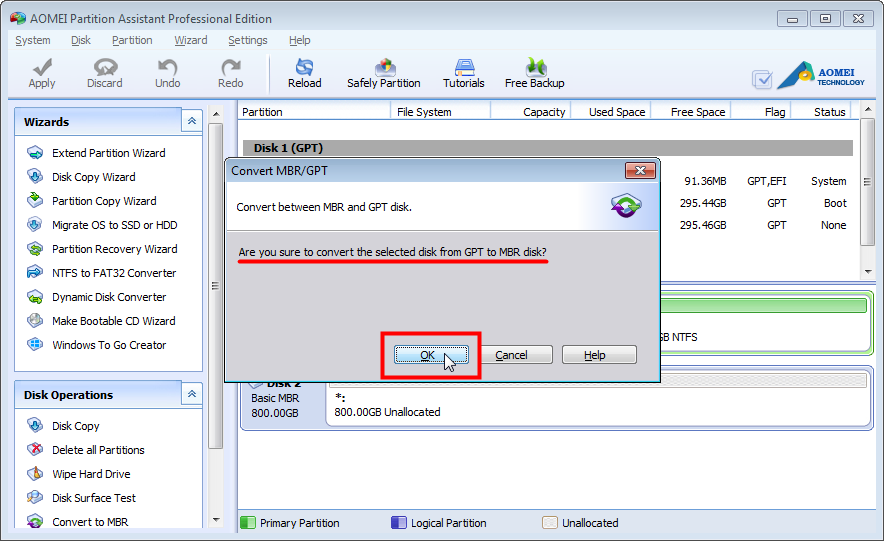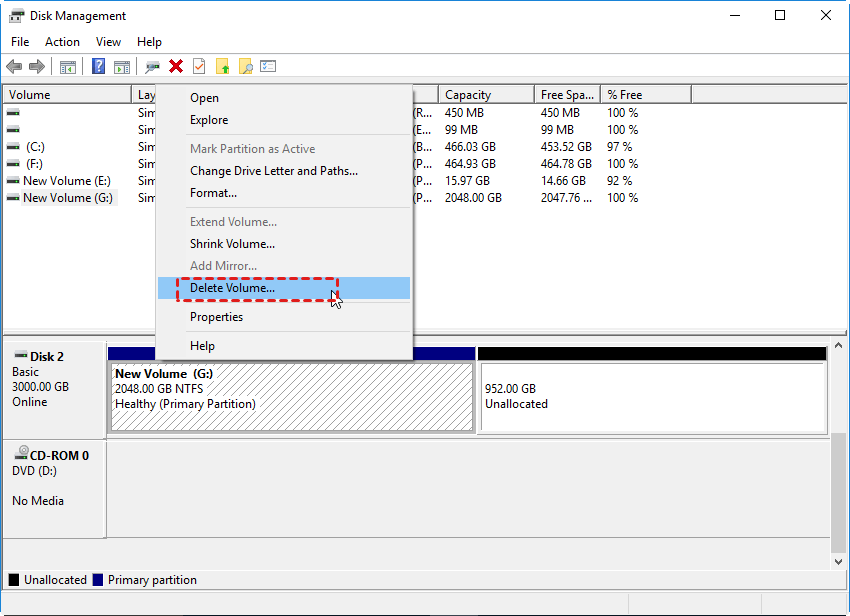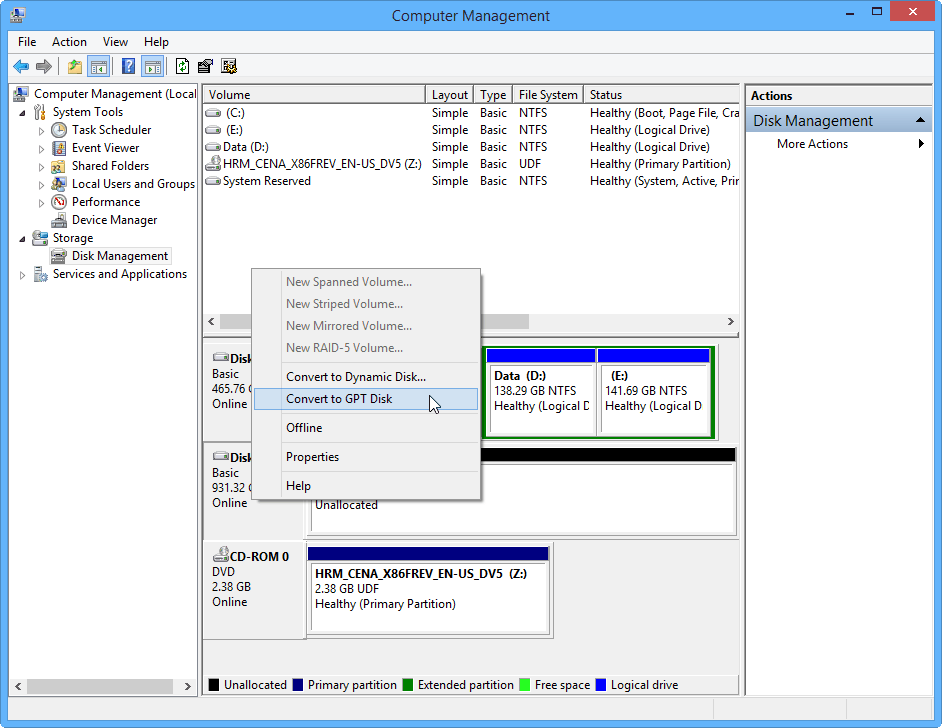

- DISPLAY MASTER BOOT RECORD AND GUID PARTITION TABLE HOW TO
- DISPLAY MASTER BOOT RECORD AND GUID PARTITION TABLE WINDOWS
DISPLAY MASTER BOOT RECORD AND GUID PARTITION TABLE HOW TO
How to solve this problem? How to convert MBR to GPT disk without losing data? In fact, server users are concern more about keep data safe when doing anything to server disk partitions. Still the problem, backup first and never mention the Restore step besides, most users are not quite familiar with command prompts, it may be a good choice for server administrators, but not novices. The source page is here( (v=ws.11).aspx#BKMK_WINUI)
DISPLAY MASTER BOOT RECORD AND GUID PARTITION TABLE WINDOWS
Now, let's check how Windows converts MBR to GPT in diskpart command prompt. The problems in these steps are they never mentioned the step the restore backed up files, because that will take much longer time and they never kindly consider the very situation that most of us don't have a backup disk with the same or larger size than the old ones. Although it mentioned the step to do a backup on the original data, what if we don't have a spare disk to back up all the stuff from a low disk space hard drive? I mean, what if my original disk gets full, and I don't have one more disk to back up files, what should I do? Still delete volume to go GPT disk? That's the steps to convert MBR to GPT, please note that in step 2 we have to delete partitions and volumes in the disk, each of them. Right-click the MBR disk that you want to change into a GPT disk, and then click Convert to GPT Disk.If the disk contains any partitions or volumes, right-click any volumes on the disk and then click Delete Partition or Delete Volume.Back up or move the data on the basic master boot record (MBR) disk you want to convert into a GUID partition table (GPT) disk.To change a master boot record disk into a GUID partition table disk using the Windows interface Here're the steps from official support,įirst, let's check out how to change MBR to GPT disk in Window Disk Management, Microsoft call it Windows interface. Using an SSD on Windows XP, for example, will significantly reduce the drive's lifespan and performance due to lack of support for a feature called TRIM.Windows Support page gives us two solutions on how to change Master Boot Record to Guid Partition Table I'll point out the shortages and share the third workout. The standard user will likely have no desire to do this, especially since SSDs are better suited to current operating systems like Windows 11.

When should you use MBR, then? Really, only if you want to run old operating systems. This is true no matter your SSD's form factor, like M.2 As such, when it comes to MBR or GPT for SSD, GPT makes for the more logical choice based on compatibility. While MBR and GPT both serve you well here, you'll need a UEFI-based system to take advantage of those speeds anyway. SSDs work differently than an HDD, with one of the main advantages being that they can boot Windows quickly. It's the newer and more reliable standard. GPT is more corruption-resilient and has better partition management.


It's a must-have if your drive is more than 2TB and/or if you're using Windows 11.


 0 kommentar(er)
0 kommentar(er)
